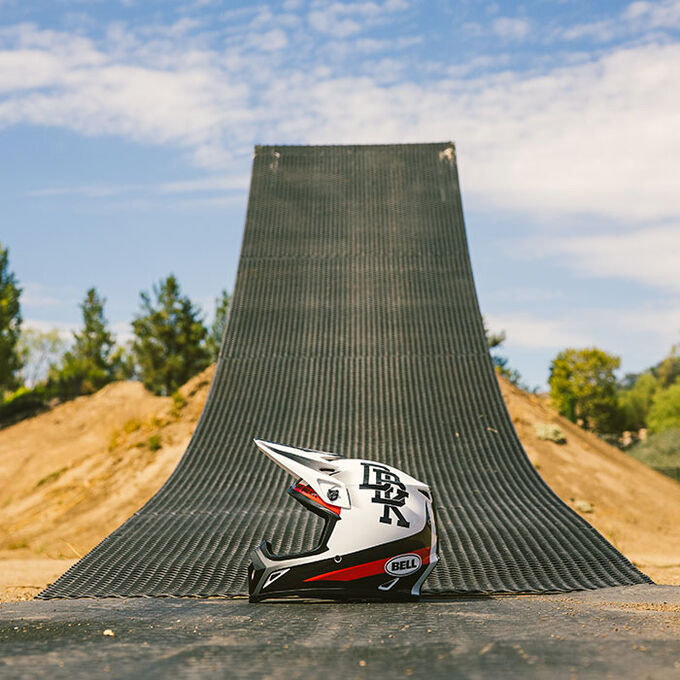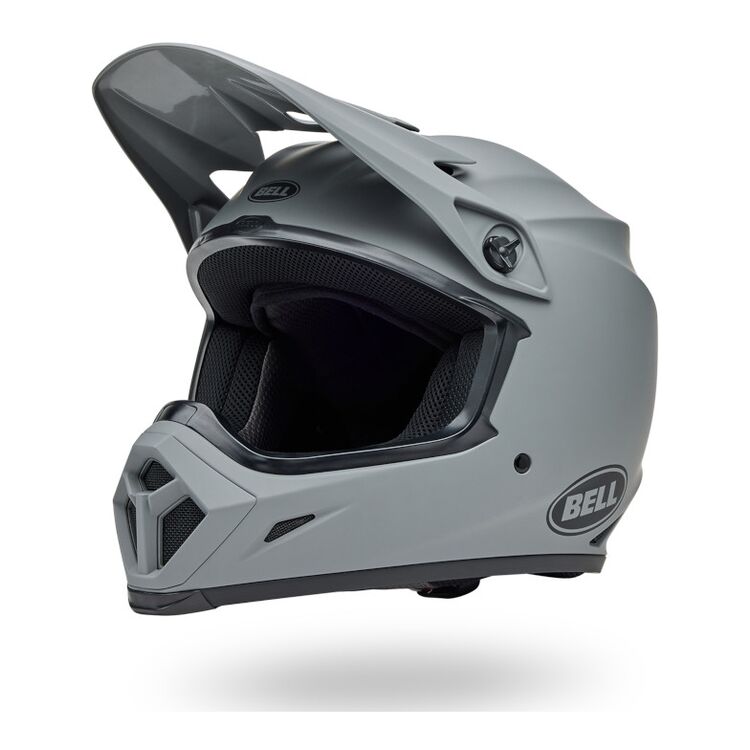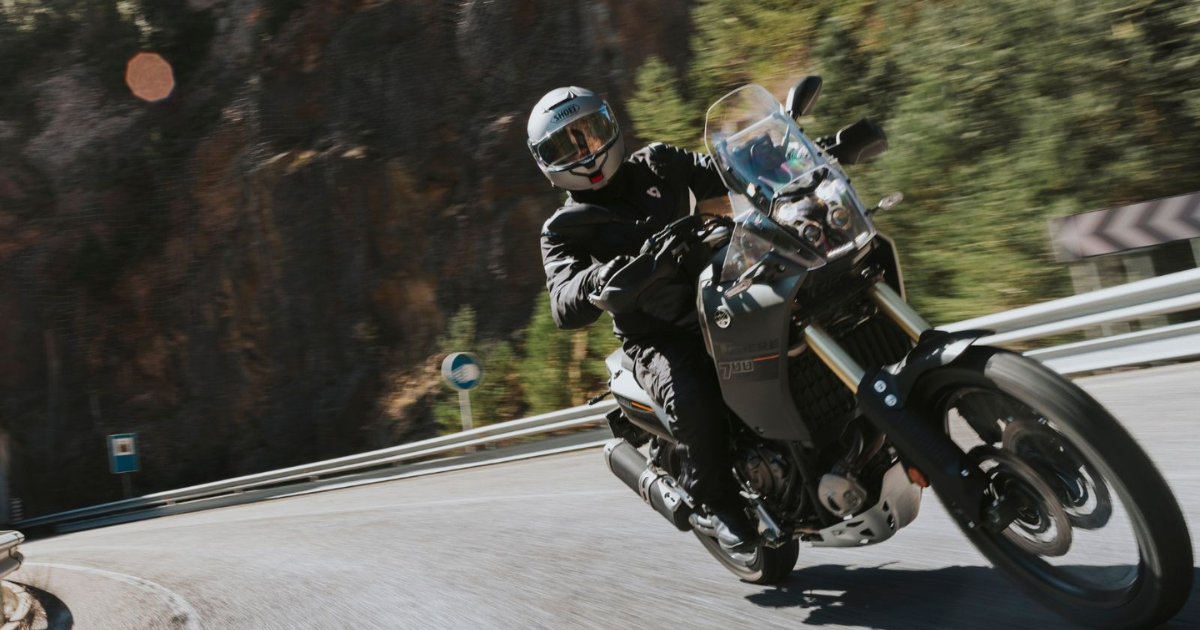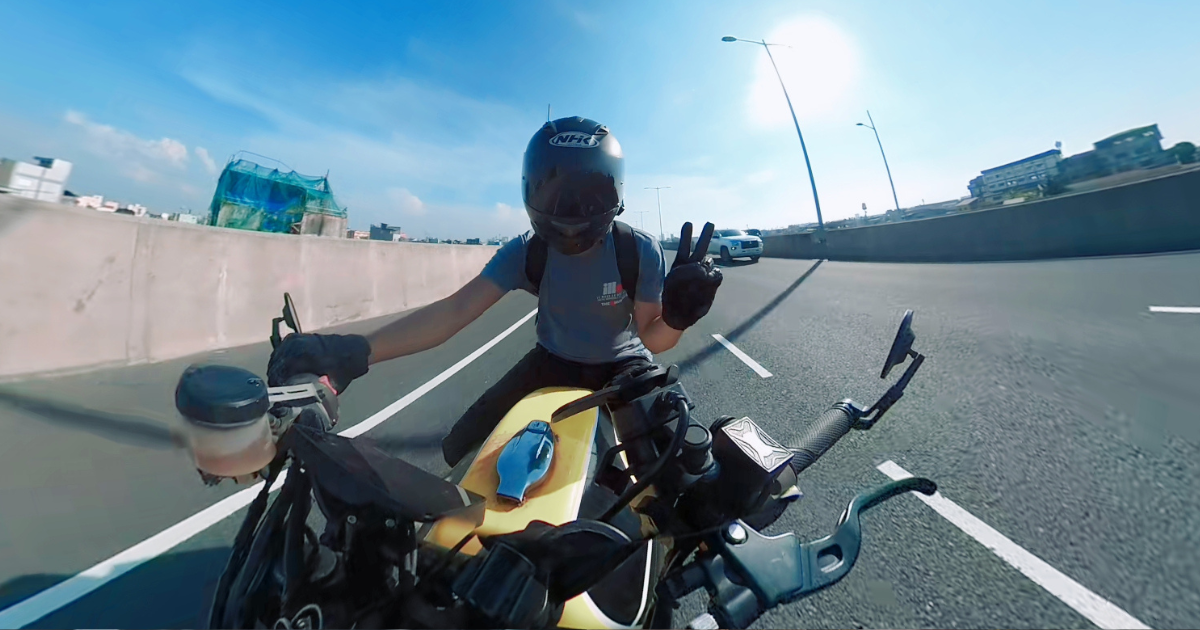
Bell MX-9 Adventure Mips: My Experience After 3 Years, 30k+ km
left for contents
When I first picked up the Bell MX-9 Adventure Mips helmet about three years ago, I had no idea how much use it was going to get. Fast forward to now, I’ve clocked about 30,000 to 35,000 kilometers with it—and I’ve worn it through every kind of ride you can imagine. This isn’t going to be your typical spec-heavy review. I’m just going to share my thoughts after three solid years of riding with this lid.
This article is based on the video by Josh from AusMoto.
First Impressions & Why I Bought It
Let’s be honest—price was a big factor. At around $300, the Bell MX-9 Adventure is firmly in the budget category. That’s exactly why I picked it up. But despite its lower price, it still ticks some pretty important boxes. It’s certified to the main Australian safety standards and, more importantly, it comes with Mips technology, which is designed to reduce rotational forces in a crash. I haven’t put it through any extreme tests—thankfully—but I have had a couple of minor offs. And hey, I’m still here and functioning, so it seems to be doing its job.
A budget-friendly dual-sport helmet with Mips safety tech, great airflow, and comms compatibility—ideal for adventure riders on a budget.
- Mips tech for added crash protection
- Excellent ventilation
- Speaker cutouts for easy intercom setup
- Noticeable wind noise at speed
- Some vents can’t be closed
- No internal sun visor
The Only Helmet I’ve Used for Everything
I should mention, this is my first adventure helmet. I’ve owned road bike helmets before and even an Enduro lid, but this was my intro to the adventure segment. And it quickly became my go-to for every type of riding. Whether I was out on a road bike, an Enduro, or hitting the trails on an adventure bike, the MX-9 came with me. I’ve literally used it as my only helmet for the last three years.

Fit, Comfort & Compatibility
One of the standout features for me has been how well it works with intercoms. The ear cups are shaped just right for speaker placement—no foam cutting necessary. That’s not always the case with other helmets I’ve tried. Just slot the speakers in and you’re good to go.

Comfort-wise, it does the job, but there’s a catch: weight. It’s noticeably heavier than other helmets I’ve tried on. Add a GoPro and an intercom unit and it starts to feel like you’re carrying a bowling ball on your head. So yeah, the heaviness is something you’ll notice, especially on long rides.
What It Has (and What It Doesn’t)
Feature-wise, it’s pretty barebones. No built-in sun visor, no Pinlock-ready face shield, just a standard clear visor. It does have a removable peak, which I’ve actually taken off when I had my Honda Hornet. At higher speeds, that peak catches wind like a sail, and it’s not fun. Without it, the helmet’s much more aerodynamic.
But here’s what impressed me: nothing’s broken. The straps are still solid. The liner’s still in place. The vents haven’t cracked. And keep in mind, I’ve used this thing hard. It’s been tossed around and bashed during off-road riding, and it’s still structurally sound.

Build Quality: Tougher Than You’d Expect
You know how you sometimes hear that gear made in China isn’t reliable? That hasn’t been the case here. As far as I know, Bell products are made there now, but this one has held up surprisingly well. From trail crashes to being dumped on the garage floor, it’s taken more than a few knocks without falling apart.
Wind Noise: The Biggest Downside
Alright, let’s talk about the elephant in the room—wind noise. It’s loud. I’d heard about this before buying it, and yep, it’s true. I wear earplugs on every ride, but depending on which type I’m using, the noise can still wear you down over time. And if I use plugs that block out enough wind noise, I end up cutting out more sound than I’d like—including engine noise and road awareness. Not ideal.
This is probably the number one reason I’m looking to upgrade. The wind noise isn’t a dealbreaker if you’re mostly off-road or riding slow, but it definitely becomes a factor during longer highway rides.

The Weight Issue (Again)
I mentioned the weight earlier, but it deserves another callout. When you ride long distances or spend hours on rough trails, that extra weight adds up—especially with accessories mounted. After a full day of riding, your neck’s going to feel it. For someone doing multi-day rides or long highway stretches, this might be a problem.
So, What’s Next?
I’m currently eyeing the Arai XD-4 as a possible upgrade. I’ll need to go try a few helmets on and see what fits best. But after three years with the MX-9, I can say it’s definitely time to move on.
Final Thoughts: A Solid Choice for the Budget Rider

Look, this helmet has done its job. For the price, it’s been a solid performer. It’s survived some off-road spills, stayed comfortable enough for day-to-day use, and hasn’t fallen apart. If you’re new to ADV riding or you just want a solid helmet that won’t drain your bank account, I’d still recommend the Bell MX-9 Adventure Mips.
Just be aware of the wind noise and the weight. If those two things don’t bother you, or you’re mostly riding shorter distances, this helmet could be a great match.
A budget-friendly dual-sport helmet with Mips safety tech, great airflow, and comms compatibility—ideal for adventure riders on a budget.
- Mips tech for added crash protection
- Excellent ventilation
- Speaker cutouts for easy intercom setup
- Noticeable wind noise at speed
- Some vents can’t be closed
- No internal sun visor
Related

Carbon Fiber Modular Helmets: Ultimate Flip-Up Lids
Discover carbon fiber modular helmets that deliver flip-up convenience, lightweight strength, and serious protection for every ride.



